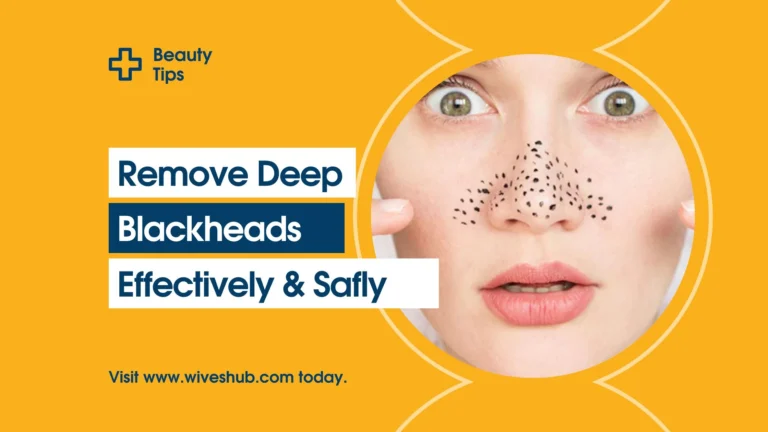You wake up, glance in the mirror, and there they are again those tiny dark dots staring back at you like they’ve claimed permanent space on your skin. You’ve scrubbed. You’ve steamed. You’ve tried the trendy strips and peel-off masks that promise instant results. And yet… those deep blackheads stay put.
Sound familiar?
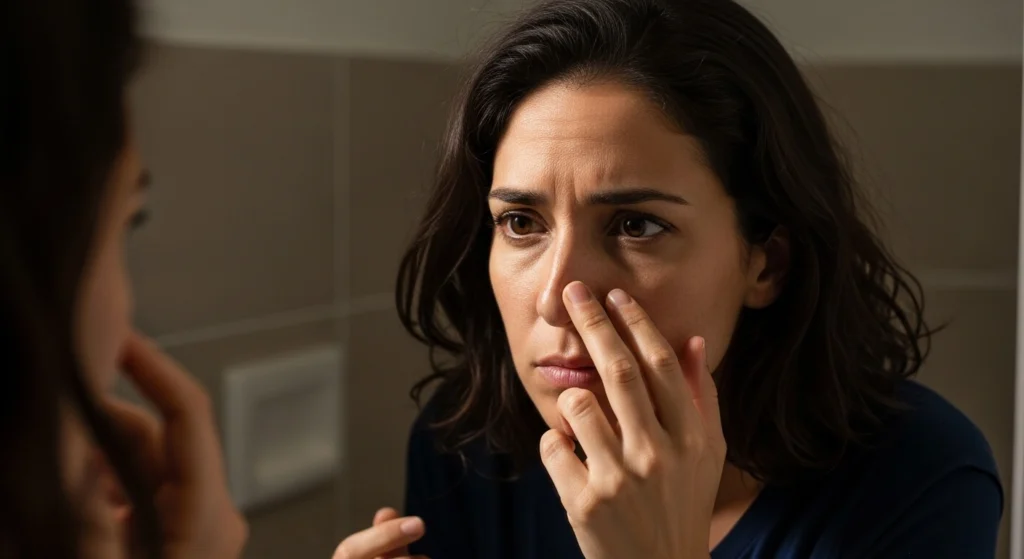
You’re not alone. Deep blackheads can feel impossible to get rid of especially when they sit beneath the surface, stubborn and resistant to quick fixes. And let’s be honest: constantly battling them isn’t just frustrating it can start to affect how you feel about your skin, your confidence, and even your morning routine.
I’ve been there. I’ve poked, prodded, picked and regretted it. And after years of experimenting with everything from harsh scrubs to fancy tools, I finally realized: the real solution isn’t about attacking your skin. It’s about understanding it.
Because deep blackheads aren’t just surface-level dirt they’re a mix of oil, dead skin, and trapped buildup that needs to be gently loosened and released. Not punished. And yes, there is a safer, smarter way to do it.
In this guide, I’ll walk you through every step that helped me remove deep blackheads without damaging my skin. From daily habits to one-time treatments, you’ll learn what actually works and what to avoid if you don’t want to make things worse.
If you’re tired of the cycle of squeezing, hiding, and feeling defeated this is for you.
Clearer skin starts here. And it starts gently.
What Are Deep Blackheads, Really?
Before we talk about how to get rid of them, it’s important to understand what deep blackheads actually are because they’re not just ordinary clogged pores.
Blackheads form when oil (sebum), dead skin cells, and debris gather inside your pores. When this mixture is exposed to air, it oxidizes and that’s what gives it that dark, stubborn look. But deep blackheads? They go further.
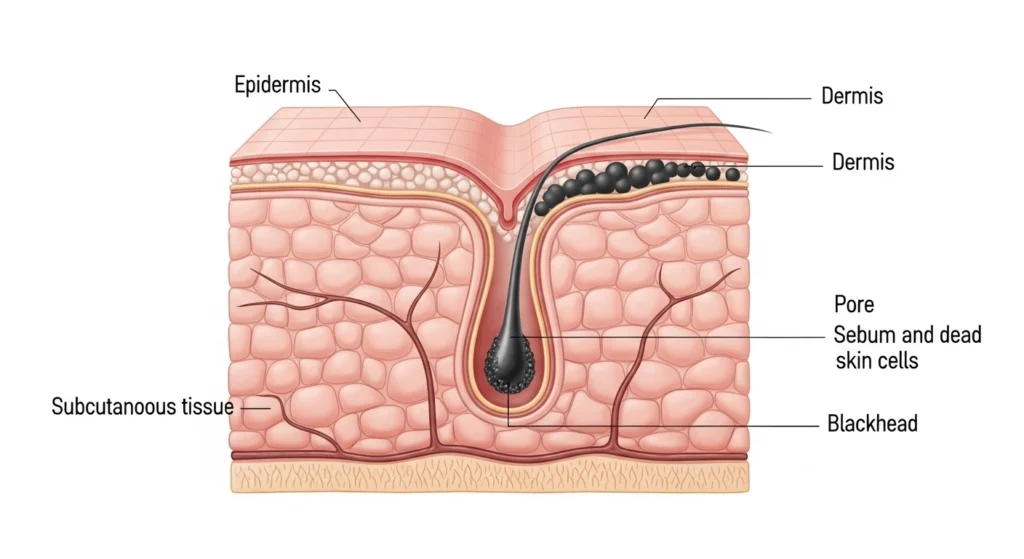
Instead of sitting at the very top of your skin, deep blackheads are embedded below the surface. They feel firm to the touch, don’t respond to quick scrubs, and often hang around for weeks or even months. You might find them on your nose, chin, cheeks, or even your back or chest. And the worst part? No matter how much you wash or exfoliate, they rarely budge because the root of the problem is buried.
Here’s the tricky thing: many of us try to fight them the wrong way. We think we can scrub them out or squeeze them clean. But when you do that, you’re not just risking redness you could actually make the pore worse by stretching it out or introducing bacteria.
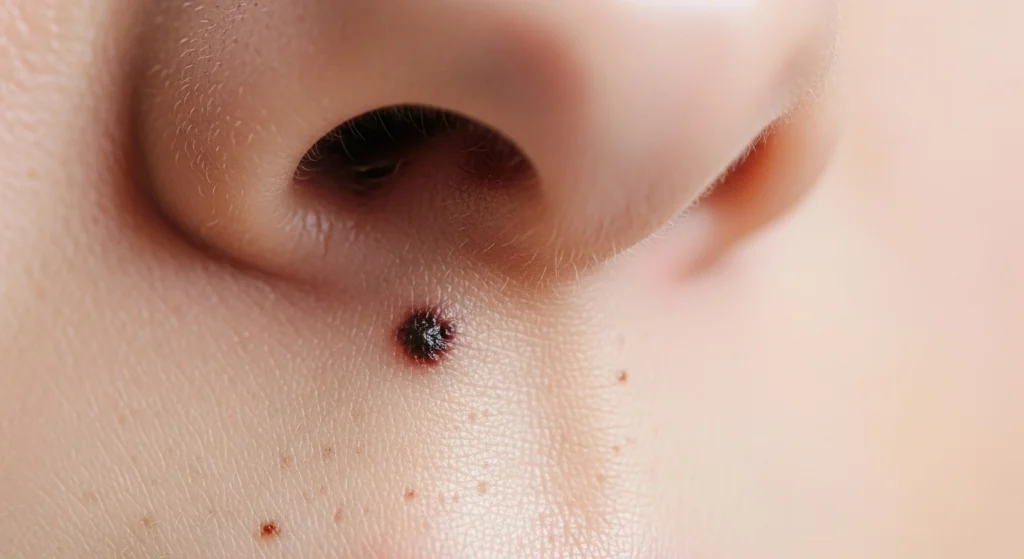
So if you’ve been asking:
- “Why do they always come back?”
- “Why does my skin look bumpy even after washing?”
- “Why do those black dots feel like they’re glued in place?”
You’re probably dealing with deep-rooted congestion, not just surface-level grime.
And that means your skin needs more than a quick fix it needs a smarter, calmer, step-by-step approach.
Let’s walk through it together.
Step-by-Step Routine to Remove Deep Blackheads (Without Hurting Your Skin)
If you’re dealing with deep blackheads, it’s tempting to go straight for the heavy-duty tools or harsh products. But trust me that’s not the way. The goal is to soften, loosen, and lift the buildup not punish your pores.
Here’s the routine I swear by, broken down into gentle, effective steps you can actually stick to.
Step 1: Start With a Gentle, Non-Stripping Cleanser
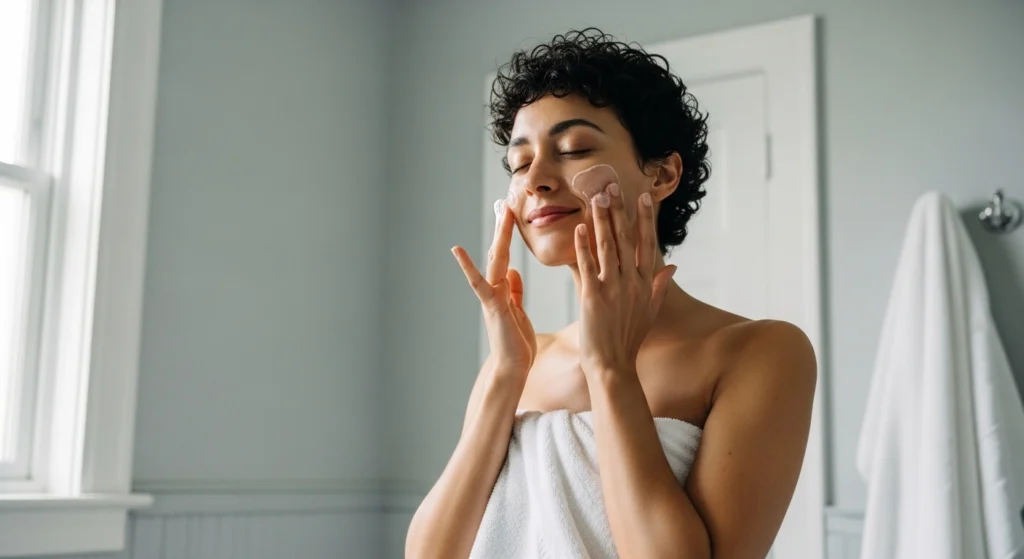
You might think the stronger the face wash, the better but when it comes to deep blackheads, less is more. Harsh cleansers that foam too much or contain sulfates can strip your skin’s natural oils, triggering even more oil production and more clogging.
Instead, use a gentle, pH-balanced cleanser that removes surface grime without damaging your skin barrier.
Best ingredients to look for:
- Glycerin: hydrates while cleansing
- Green tea extract: soothes and fights inflammation
- Chamomile or oat extract: calms sensitive skin
📝 Tip: Avoid bar soaps and cleansers that leave your skin tight — that “squeaky clean” feeling means your skin is over-cleansed.
✅ CeraVe Hydrating Facial Cleanser (For Normal to Dry Skin)
🧴 Non-foaming, barrier-friendly, perfect for daily use
🔗 Buy Not
✅ La Roche-Posay Toleriane Purifying Foaming Cleanser (For Oily Skin)
🧼 Gentle but effective for oily, acne-prone skin
🔗 Buy Now
Step 2: Open Your Pores With Steam or a Warm Compress
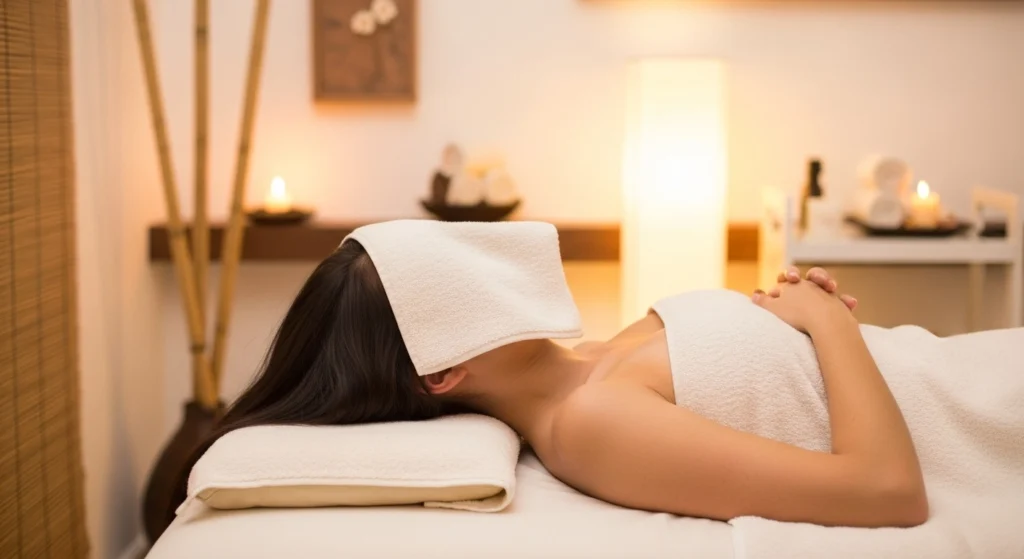
This is the step most people skip — and it’s key. Steaming your face helps soften the oil and buildup inside your pores, which is crucial when you’re trying to reach deep blackheads that won’t budge with scrubbing.
You don’t need fancy equipment. Just:
- Heat water and soak a clean towel in it.
- Wring it out slightly and place it over your face for 5–10 minutes.
- Relax, breathe, and let the warmth do its job.
📝 Why it works: Warmth loosens hardened sebum and makes the blackhead easier to remove — without squeezing or damaging the skin.
✅ Pure Daily Care NanoSteamer
🌬 Spa-quality facial steaming at home, opens pores gently
🔗 Buy Now
Step 3: Apply Either a Clay Mask or a BHA Exfoliant (Not Both Together!)
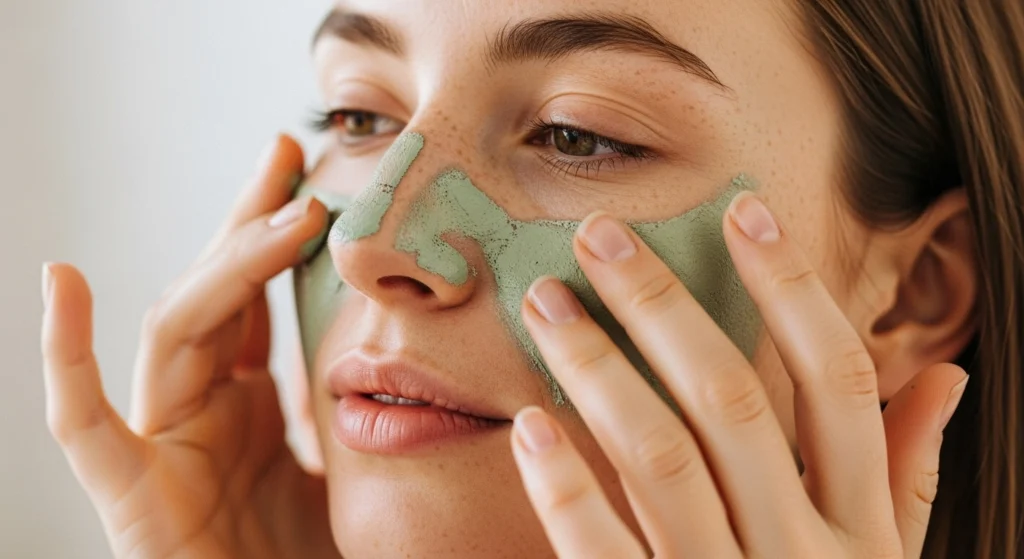
Here’s where the real work happens. But don’t overdo it.
You have two options — and both are powerful:
Option A: Clay Mask (2–3 times/week)
Choose one with bentonite or kaolin clay. It acts like a magnet for oil, drawing out impurities from deep within your pores.
🧪 Good picks: Aztec Secret Indian Healing Clay, Innisfree Jeju Volcanic Clay Mask
Option B: BHA (Salicylic Acid) Exfoliant (3x/week or less)
Salicylic acid is oil-soluble, which means it goes deep into pores and dissolves the “plug” causing the blackhead.
🧪 Look for: Leave-on BHA toners or gels, like Paula’s Choice 2% BHA Liquid
🛑 Don’t use both back to back! This can irritate your skin and worsen the problem.
✅ Aztec Secret Indian Healing Clay
🌿 Powerful oil-absorbing bentonite clay (mix with water or ACV)
🔗 Buy Now
✅ Paula’s Choice 2% BHA Liquid Exfoliant
🧪 Holy grail salicylic acid treatment for deep blackheads
🔗 Buy Now
Step 4: Extract — But Only If It’s Ready
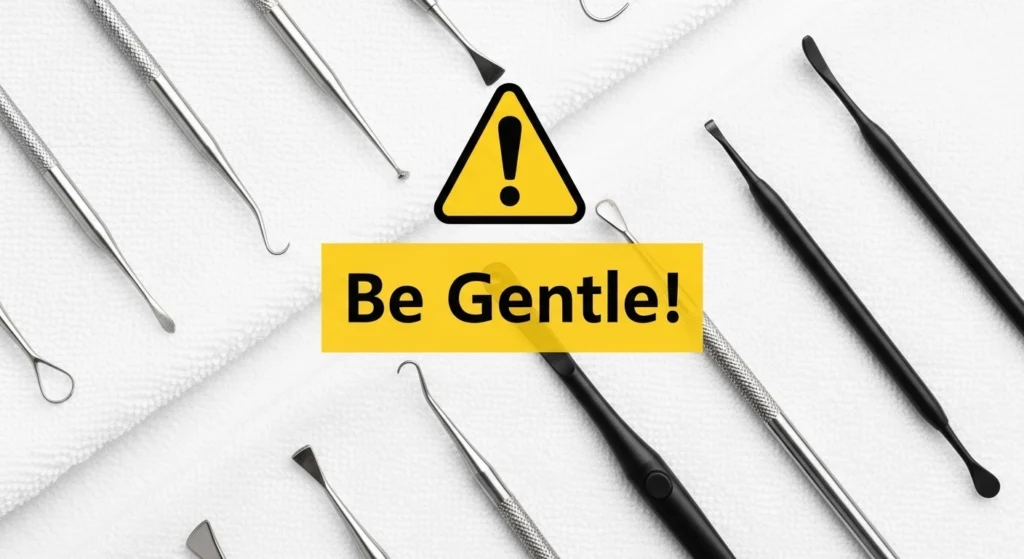
Let’s be honest — we all want to squeeze. But here’s the rule: if it doesn’t come out easily, don’t force it.
Only extract if:
- You’ve steamed your face
- The blackhead is visible and close to the surface
- You’re using clean tools (or clean fingers with tissue)
✅ Use a comedone extractor if you must, but never dig.
🧴 Follow with an alcohol-free toner or antibacterial wipe immediately after.
📝 Important: Forcing an unripe blackhead can lead to scarring, broken capillaries, or even cysts. Patience is safer than regret.
✅ JPNK Professional Blackhead Remover Tool Kit
🔧 Surgical-grade stainless steel, includes case and cleaning guide
🔗 Buy Now
Step 5: Soothe With a Calming Toner or Mist
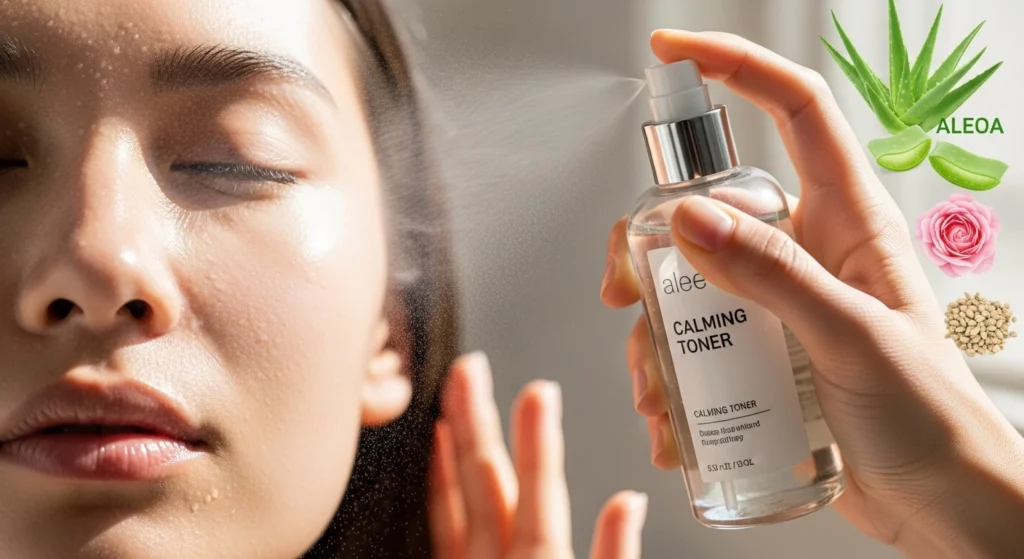
After extractions or exfoliation, your skin is vulnerable and needs comfort. Think of this step like a healing hug.
Use something that:
- Hydrates
- Reduces redness
- Balances pH
🌿 Best ingredients: Aloe vera, green tea, rose water, centella asiatica
🧴 Examples: Avene Thermal Spring Water, Klairs Supple Preparation Toner
📝 Why it matters: Skipping this step can leave your skin dry, inflamed, or flaky — which will make you want to scrub again, starting the cycle over.
✅ Thayers Alcohol-Free Rose Petal Witch Hazel Toner
💧 Gentle, soothing, and pore-tightening without alcohol
🔗 Buy Now
Step 6: Lock In Moisture (Yes, Even for Oily Skin!)
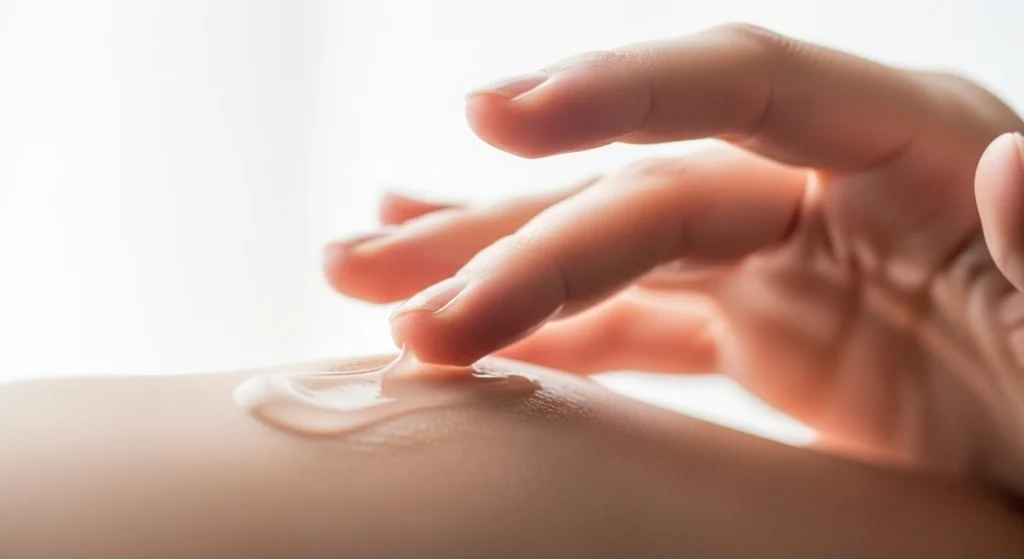
Here’s the truth: dehydrated skin produces more oil. And more oil = more clogged pores.
Use a light, oil-free moisturizer that restores balance without feeling greasy.
Look for:
- Hyaluronic acid: deeply hydrates
- Niacinamide: tightens pores + reduces oil production
- Panthenol (Vitamin B5): repairs and strengthens skin barrier
🧴 Good options: Neutrogena Hydro Boost, The Ordinary Natural Moisturizing Factors
📝 Tip: Apply while your face is still slightly damp from toner or mist — it helps trap moisture better.
✅ Neutrogena Hydro Boost Gel-Cream with Hyaluronic Acid
💙 Lightweight, non-greasy hydration for oily or combo skin
🔗 Buy Now
Step 7: Stick to the Plan — Don’t Overdo It
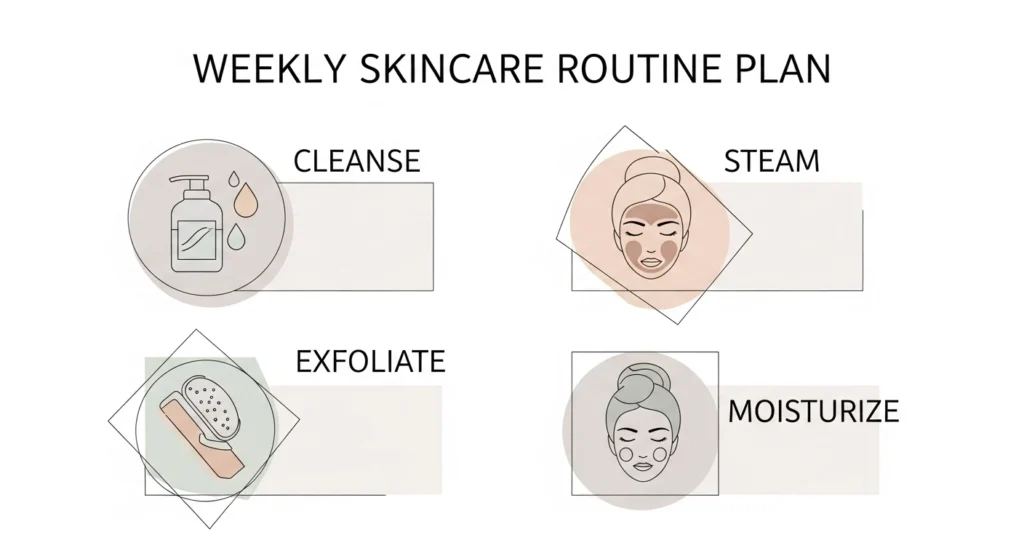
The biggest mistake people make is expecting overnight miracles. Deep blackheads take time to loosen and fade. Over-scrubbing, daily masks, or using everything at once can do more harm than good.
🗓️ Ideal weekly plan:
- 3x/week: BHA or clay mask
- Daily: Gentle cleanse + hydrate
- Weekly: Steam + (if needed) gentle extraction
🌿 Give it 4–6 weeks before expecting major changes.
✅ COSRX Acne Pimple Master Patch
🌙 Invisible patches that help heal active bumps overnight
🔗 Buy Now
❌ 5 Common Mistakes That Make Blackheads Worse (And What to Do Instead)
If you’ve been dealing with deep blackheads for a while, chances are you’ve fallen into one of these traps. It’s not your fault — most skincare advice out there sounds convincing but can secretly make things worse.
Let’s clear up the confusion.
Mistake #1: Over-scrubbing Your Skin
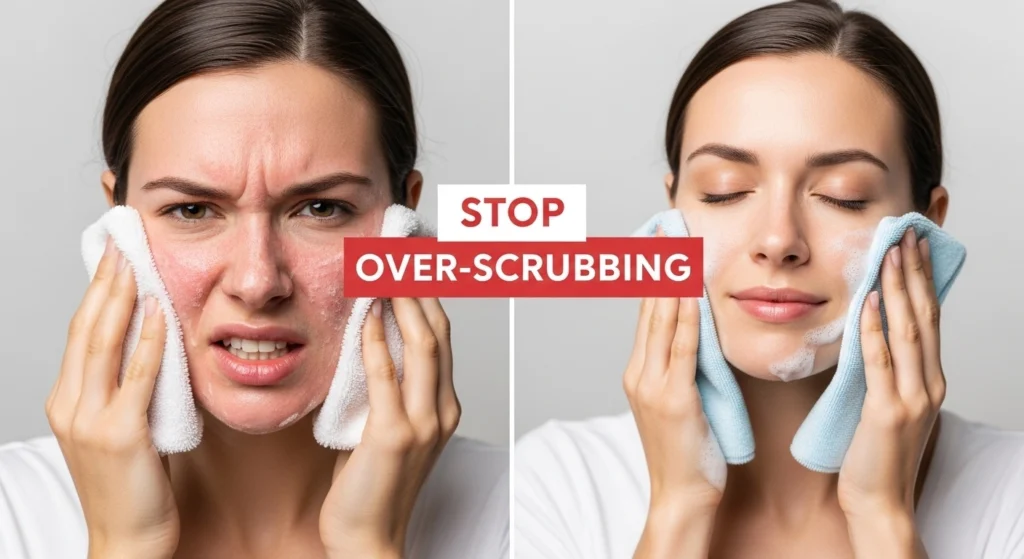
Why it’s tempting: You want smoother skin, so you reach for that gritty scrub and go to town.
What actually happens: Harsh physical exfoliants (especially with walnut shells or sugar) create microtears and irritate the skin. This leads to inflammation and rebound oiliness — making blackheads worse.
What to do instead:
Use chemical exfoliants like salicylic acid 2–3x per week. They’re gentle, effective, and go deeper than scrubs ever could.
Mistake #2: Squeezing Everything You See
Why it’s tempting: There’s something satisfying about getting that gunk out. We get it.
What actually happens: Improper extraction can enlarge pores permanently, cause scarring, or push bacteria deeper — turning a blackhead into a breakout or even a cyst.
What to do instead:
Only extract after steaming, using clean hands or a sanitized tool. And if it doesn’t come out easily? Leave it. Treat your skin like delicate fabric — not a punching bag.
Mistake #3: Skipping Moisturizer If You Have Oily Skin
Why it’s tempting: You think moisturizing will make your skin greasier.
What actually happens: When skin is dehydrated, it produces more oil to compensate. This leads to more clogs — and deeper blackheads.
What to do instead:
Use a lightweight, oil-free moisturizer that hydrates without clogging. Look for hyaluronic acid, niacinamide, or aloe.
Mistake #4: Using Pore Strips Too Often
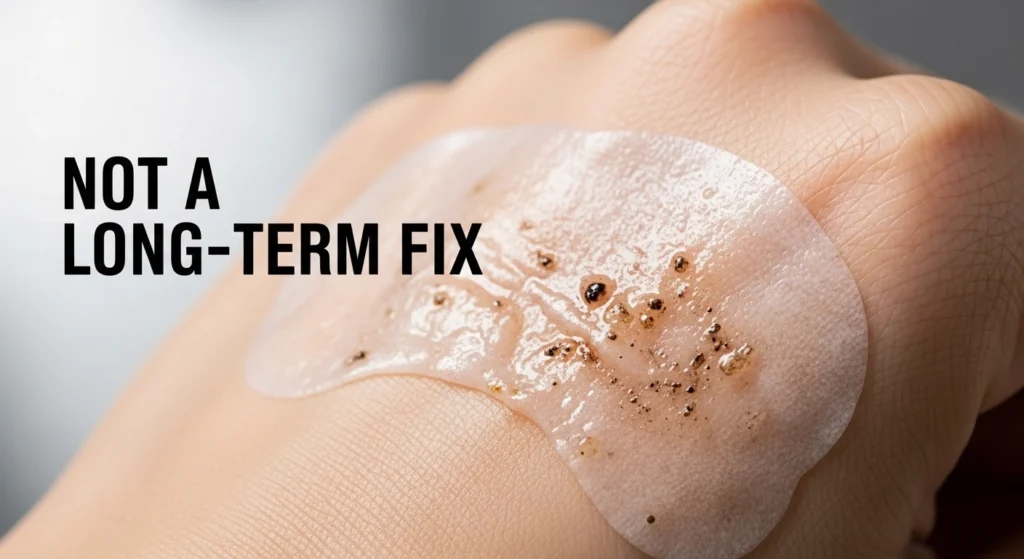
Why it’s tempting: They pull out the visible black dots instantly. So satisfying!
What actually happens: Pore strips don’t fix the root cause — they just yank off the top. And repeated use can weaken and stretch the pores, making them more prone to clogging over time.
What to do instead:
Use salicylic acid or a detoxifying clay mask weekly. These go into the pore instead of ripping off the top.
Mistake #5: Trying 10 Products at Once
Why it’s tempting: You want fast results — so you layer every “blackhead remover” you own.
What actually happens: Overloading your skin causes irritation, breaks down your barrier, and leads to redness, peeling, and more clogged pores.
What to do instead:
Stick to a simple, consistent routine. The key is patience and protection, not punishment.
💡 Reminder:
Deep blackheads didn’t appear overnight — and they won’t vanish in a day. But when you stop fighting your skin and start supporting it, the results are real, long-lasting, and confidence-boosting.
💬 Frequently Asked Questions (FAQ)
Here are some of the most common blackhead-related questions I’ve been asked — and honest, experience-backed answers to help you feel informed and empowered.
Q1: Are blackheads caused by poor hygiene?
Nope!
Blackheads aren’t about being “dirty.” They form when dead skin cells and oil get trapped inside your pores and oxidize when exposed to air. You can wash your face twice a day and still get them — it’s more about skin type and pore behavior than hygiene.
Q2: Can I completely get rid of blackheads forever?
Not forever — but you can manage them.
Blackheads are natural for many skin types, especially oily or combination skin. With the right routine, you can minimize their appearance and keep your pores clearer for longer.
Q3: Do blackhead vacuums really work?
Only if used correctly — and rarely.
Pore vacuums can remove surface-level blackheads, but they often don’t reach deep enough. Plus, if misused, they can cause bruising or broken capillaries. Stick to steaming + salicylic acid for safer long-term results.
Q4: How often should I exfoliate for blackheads?
2–3 times per week is ideal.
Use a BHA (like salicylic acid) to gently dissolve oil inside the pore. Over-exfoliating can damage your skin and make blackheads worse.
Q5: Will drinking more water help clear my skin?
It helps overall, but not directly.
Staying hydrated supports healthy skin, but water alone won’t flush out blackheads. Combine it with topical care for real results.
Q6: Are there natural remedies that work for blackheads?
Some can help — like honey, green tea, or clay masks — but they work best when part of a consistent routine. Don’t expect a miracle from a DIY mask alone. Treat your skin gently and give it time.
If you’ve made it this far, you’re not just looking for a quick fix — you’re looking for a real solution. And that starts with the right information, the right habits, and a little patience.
So here’s what you can do right now:
🔹 Save this guide — come back to it each time you feel the urge to pick or scrub.
🔹 Share it on Pinterest if it helped you — you never know who else is quietly struggling.
🔹 Want more skin-saving tips that actually work?
👉 Read this next: 10 Natural Ways to Shrink Pimples Fast (Backed by Real Results!)
(You’ll get real advice, no fluff — just what your skin actually needs.)
And remember: your skin isn’t the problem. It’s your ally.
Let’s start treating it like one. 💛
